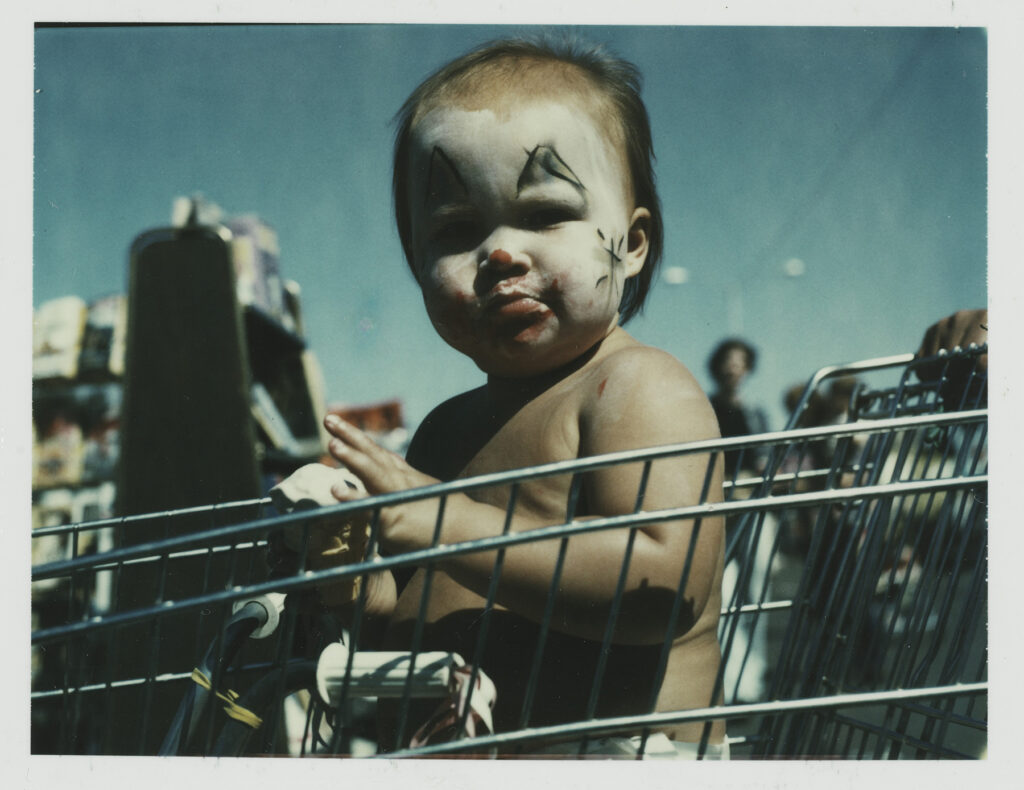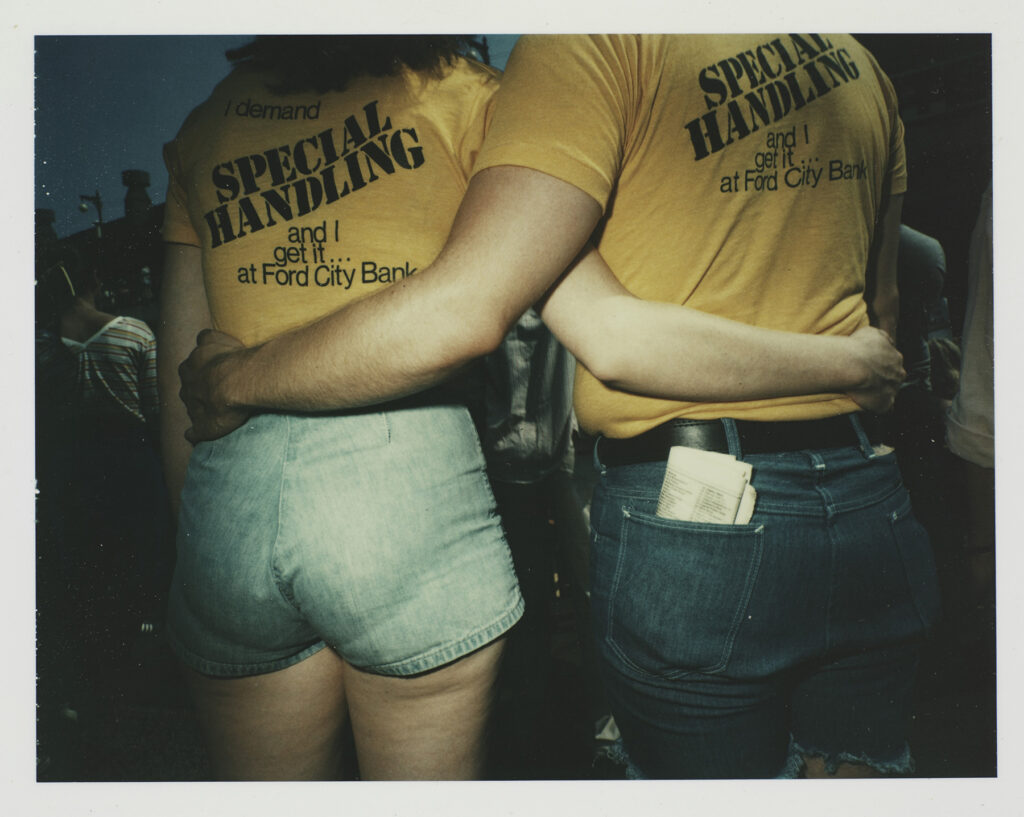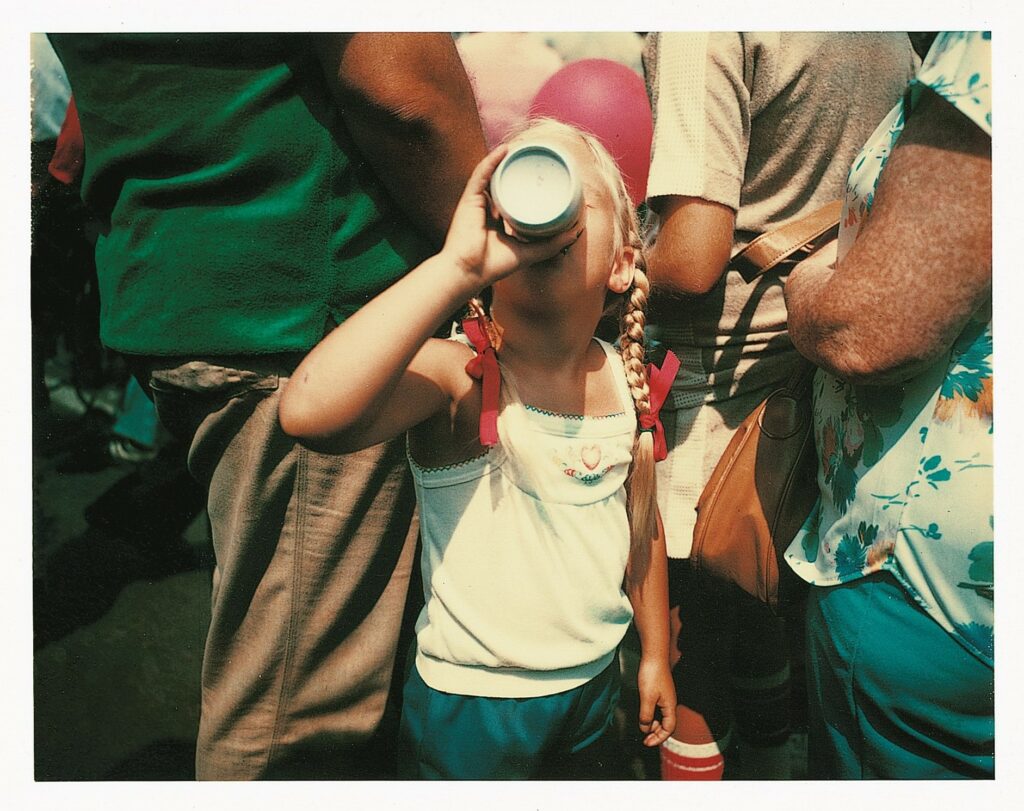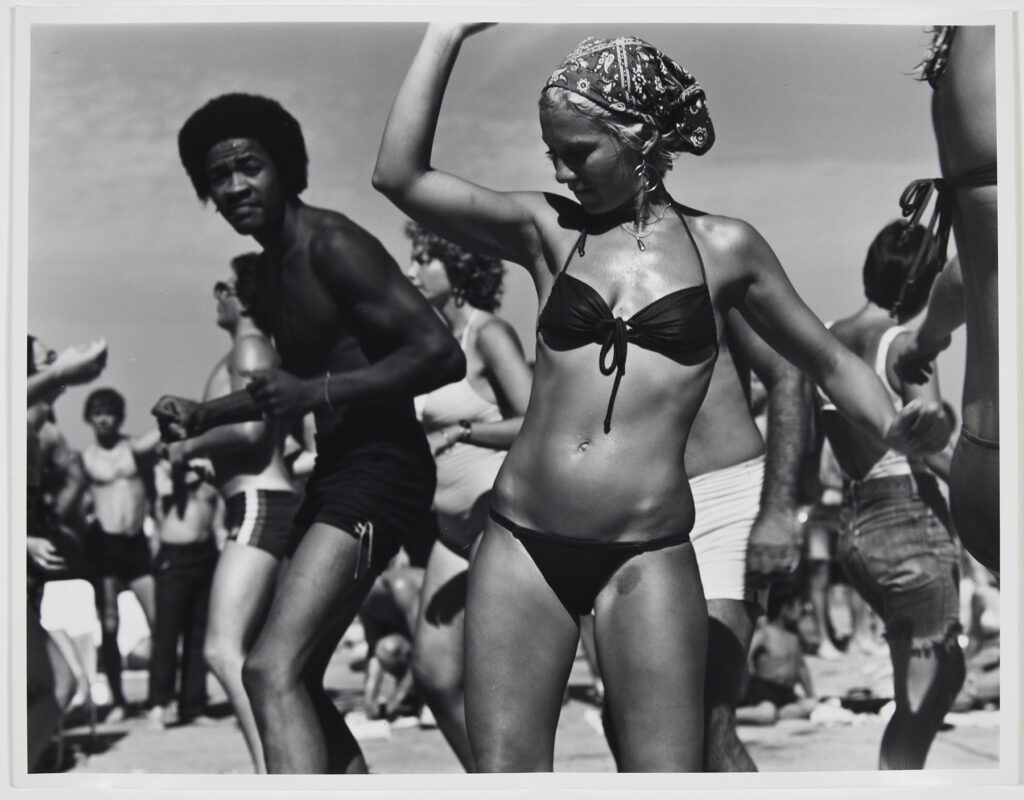A great artist and excellent technician, Barbara Crane stands at the crossroads between “straight photography”, which is as realistic as it is objective, and the more experimental photography of the European avant-gardes. Published by Éditions du Centre Pompidou, with the support of the Almayuda Foundation, the exhibition catalog devoted to the American photographer reveals her first 25 years of career.
The “Barbara Crane” exhibition organized by the Centre Pompidou (1) is dedicated to a great American artist who, despite her international reputation, is still little known in France and Europe.
The exhibition catalog, produced with the support of the Almayuda Foundation, presents 180 black & white and color photos of the first 25 years of a career spanning more than 60 years. Born in Chicago in 1928, Barbara Crane has lived a long life as a photographer: from 1947, when her parents gave her a Kodak twin-lens reflex, to her death in 2019…
Human forms
Without going into the details of the exhibition’s fourteen labels, we can mention a few particularly striking ones. Starting with “Human Forms”, because it is chronologically the first and testifies to Barbara Crane’s experimental appetite.
In 1964, she presented her portfolio of portraits to Aaron Siskind, with whom she was studying photography at the Illinois Institute of Technology. The work of her teacher, described as “abstract expressionist”, halfway between photography and painting, was to influence her. Unable to leave her home because she was looking after her children all day, Barbara Crane photographed them without ever showing their faces, focusing instead on the contours of their bodies, which she reduced to pure luminous forms.
These early, highly abstract investigations of light, volume and line gave rise to “Human Forms” between 1964 and 1968.
In 1969, Barbara Crane continued her experimental work with the semi-abstract compositions of “Neon Series”. This superimposition of luminous forms over faces in close-up, taken on the spot as they left a department store, already proved her great technical mastery.
Beaches and Park
“Beaches and Park” is a large-scale project carried out between 1972 and 1978 on Chicago’s beaches and public parks. Barbara Crane photographed groups of friends and families. She reveals the choreographic dimension of bodies sunbathing or in motion, often framing them in a surprising way, in contrast to the usual street photography. The spontaneity and sometimes insolence that emerge from her photographic compositions reflect the sense of freedom of the 70s.
Here we touch on other dimensions of Barbara Crane’s work: realism and documentary ambition. This is an opportunity to salute two of her great admirers and inspirers. Ansel Easton Adams, photographer and ecologist, famous for his black-and-white photos of the American West, particularly Yosemite in Sierra Nevada. Or photographer-archivist Paul Vanderbilt, known for creating unique visual archives renowned for their depth and subtlety.
“People of the North Portal” (1970 – 1971), ‘Maricopa Country Fair’ (1979 – 1980) and ‘Private Views’ (1980 – 1984), three other cartels in the ‘Barbara Crane’ exhibition, also bear witness to this realistic documentation of anonymous people.
Other works
The “Barbara Crane” exhibition and its catalog also feature many other significant works from the artist’s life. The “Whole Roll” series (1974 – 1978) turns the contact sheet into a work in its own right. “Baxter Labs” (1974 – 1976) shows the photographer’s attraction to the multiplication of motifs and their rearrangement into a new, coherent whole.
With “Loop Series” (1976 – 1978), Barbara Crane became familiar with architectural photography and integrated it into her work, creating compositions bordering on abstraction. With “Chicago Epic” (1976), she produced her first monumental works. From 1982 to 1986, with “Repeats” and “Monster Series”, the artist plunged once again into an experimental, sometimes surrealist phase.
At the end of the exhibition, the “Barbara Crane” catalog will continue to bear witness to the singular work of an artist of fertile longevity.
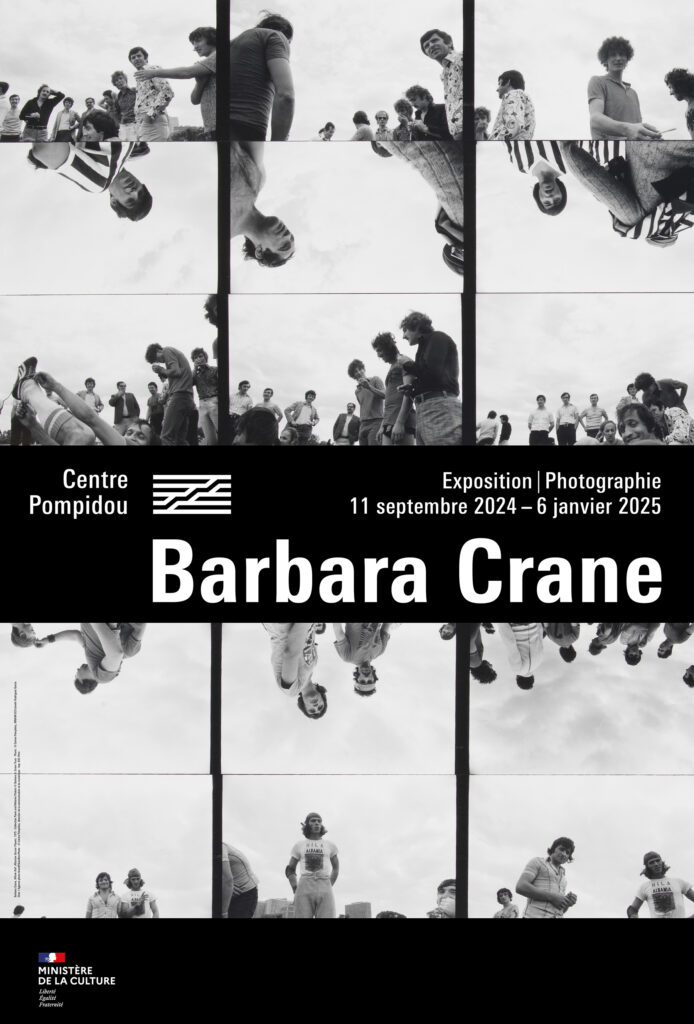
(1) From September 11, 2024 to January 06, 2025
Barbara Crane” exhibition catalog.
Edited by Julie Jones.
Co-published by Éditions du Centre Pompidou / Atelier EXB.
224 pages, 180 black & white and color photos.
Available in French and English
Photos: DR
Useful links:
www.centrepompidou.fr
https://www.arts-in-the-city.com/2024/08/05/lexposition-barbara-crane-au-centrepompidou/
https://francefineart.com/2024/09/26/3556_barbara-crane_centre-pompidou/
https://www.youtube.com/watch?v=A5Glxy3r648&ab_channel=CentrePompidou












